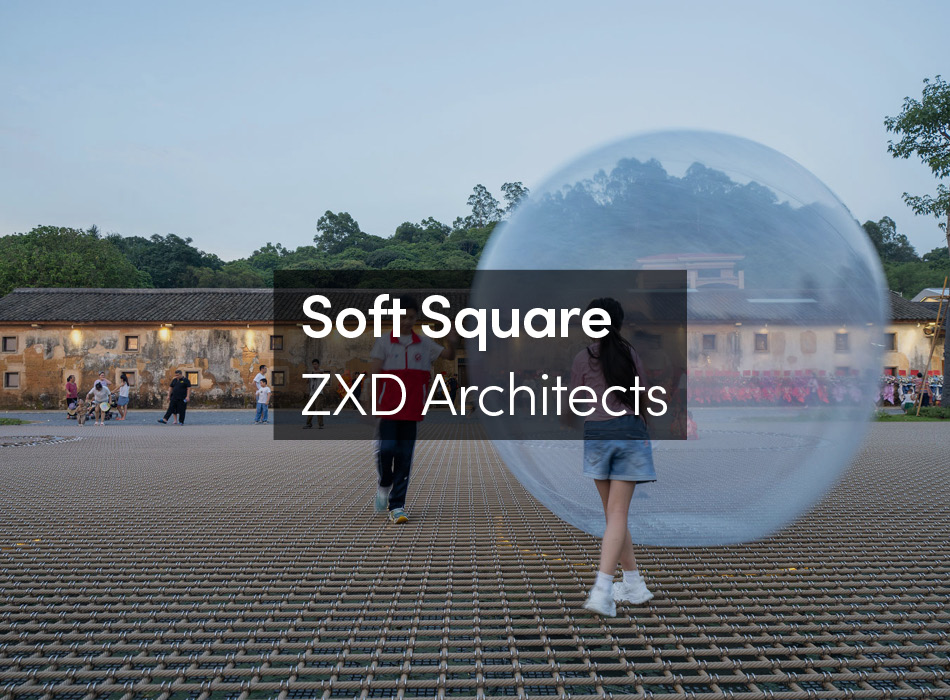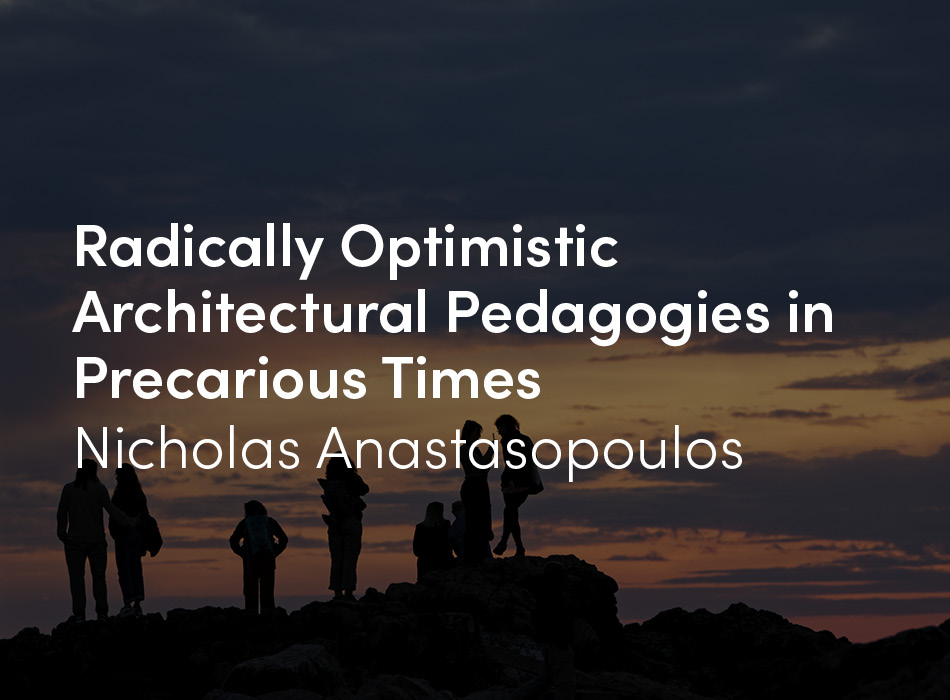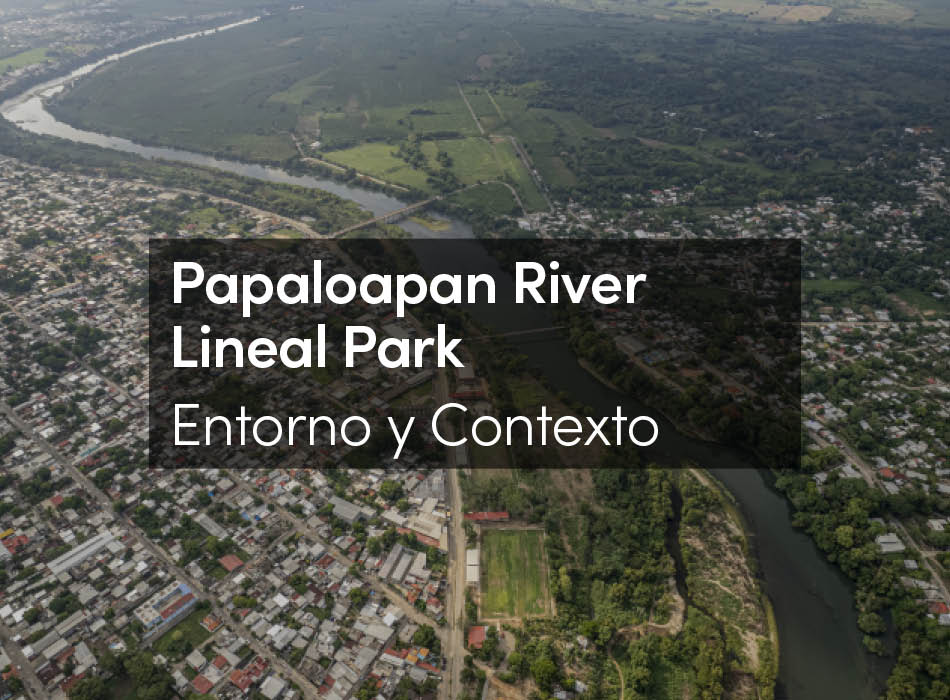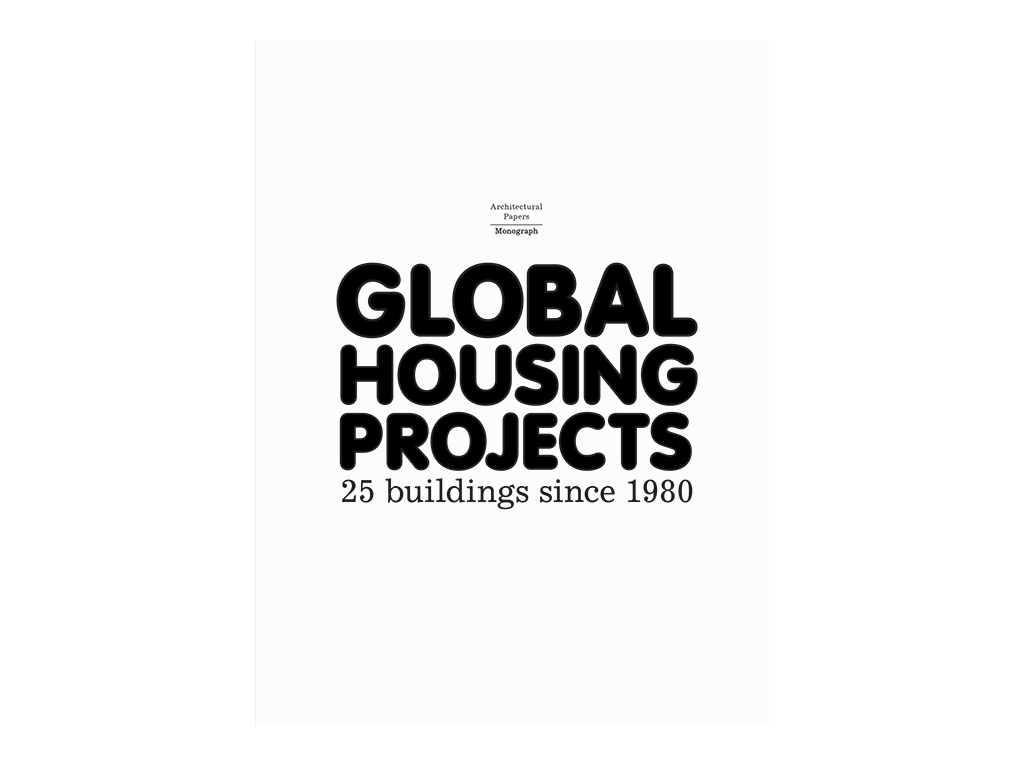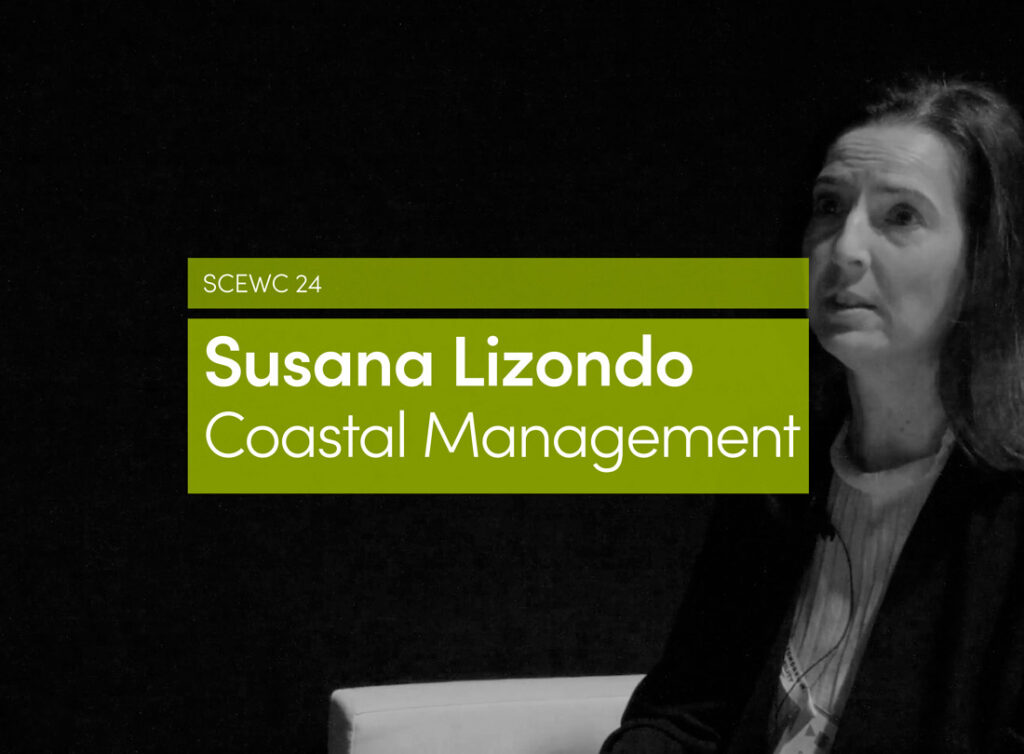Viewing continental geographies from the perspective of the sea offers new understandings of global interconnectivity and new opportunities for spatial and architectural research. Folded Ocean is an on-going experimental research project into the organisational and spatial logics of the Indian Ocean world, a fluid, anti-geographical space where many transnational systems, practices and imaginaries intersect. It identifies these and follows their itineraries as they fold ashore into material and spatial products, bringing together sea and land-based logics.
The Indian Ocean is almost symmetrical about a north south axis running down the length of the Maldives’ archipelago. If the ocean is folded about this axis, a number of cities map more or less onto one another. Dubai (United Arab Emirates) folds onto Kolkata (India) along the Tropic of Cancer, Mogadishu (Somalia) onto Singapore along the equator, and Durban (South Africa) onto Perth (Australia) along the Tropic of Capricorn. These cities mark the symbolic geographic extremities of the ocean. At its central point lies Diego Garcia (British Indian Ocean Territory), which, as Malta is to the Mediterranean, is equidistant from all points.
This image of the ocean as figure, not void, de-continentalises territory, de-nationalises space and brings the Ocean into view as a hyper-connected global region.
The project is investigating the capacities [1] of the ocean to transform space, time and human affairs. It does this through thinking the Indian Ocean in three interrelated ways: firstly as materiality: as water volume, currents, waves and tides; as air, winds and rain; as shaped by coast-lines, reefs and shoals; as inhabited by sea life; as geology, sea bed and mineral deposits. Secondly, it thinks the Ocean as circulator: as passage, lane, route, choke point, network, port, dock and deposit, with which are associated ideas of anti-geography, fluidity, connectivity and relationality Thirdly it thinks the Ocean as contact zone: a site where many transnational systems, practices and imaginaries intersect and overlap, and with which are associated ideas of compaction, creolisation, transnationalism, entanglement and multi-polarity.
Materiality
The Indian Ocean is a vast body of water lying between Africa, Asia, Australia, and Antarctica, with a coastline of 66,526 kms. It incorporates many bays and other tributary water bodies and is host to numerous islands and archipelagos. It was not always shaped this way, but evolved after the breakup about 150 million years ago, of Gondwana, the southern supercontinent. This resulted in the the westward movement of Africa, the separation of Australia from Antarctica and the movement of the Indian subcontinent to the northeast where it eventually collided with Eurasia. The ocean arrived at its present configuration about 36 million years ago but its tectonic plates continue to rupture and slide, often with devastating political and human consequences. [2]
The ocean’s seabed comprises a variety of polymetallic nodules, metal rich muds, ore deposits and subsurface oil and natural gas resources. [3] Its currents produce immense quantities of phytoplankton that feed large populations of fish and other marine animals. It is dominated by a number of unique meteorological conditions that produce monsoons, trade winds, westerlies and tropical cyclones. These seabeds, currents, winds and rains have shaped human affairs for centuries. The annual monsoon cycle still affects trade and migration; the trade winds and westerlies aided empires; a cyclone in the 1970’s produced in a nation; fish, oil and natural gas are producing conflict and territorial dispute and contemporary intensifying weather events (storm surges, increased cyclone and wave action, rising sea levels, droughts etc.) are devastating coastal populations. Folded Ocean investigates the ocean’s material life and its political consequence.
Circulator
Geo-political research tends to be tied to national or continental boundaries as if these were static and immutable. Folded Ocean resists this and reads space as part of an oceanic world, an open-ended, decontinentalized space of licit and illicit circuits, crossings and inter-continental interactions and migrations. The ocean is a vast region in flux, sloshing people, plants, goods, money, ideas, beliefs, information, cultural practices and desires around its shores, into its hinterlands and beyond. People have travelled across it to trade, peddle, and propagate religious ideas, in search of work or to expand mercantile or financial empires for centuries. Some of this movement has chugged between local entrepots, while other has been truly transnational, setting up a vast archipelago of circulating Indian Ocean diasporas and interests. Folded Ocean investigates the sites, jurisdictions, nodes, circuits and routes of this anti-geography and of the (in)discreteness of continental geographies in today’s globalized world.
Contact Zone
For the past 5000 years, the Indian Ocean has been a contact zone of overlapping systems and competing universalisms, none of which have established hegemony.4 It is home to the world’s oldest transoceanic long-distance trading systems – the Indian, Omani and Hadrami networks, which were overlaid from the 1500’s onwards by western imperial formations (Portuguese, Dutch, British) and recalibrated in the twentieth century by Cold War politics and post-colonial nationalisms. [5] Today’s emerging superpowers India and China are reworking the Ocean in their own interests. Within these ever-changing political manoeuvrings of empires and nations, Indian Ocean ports and cities have served as nodes in overlapping cultural, religious, trade, scholarly, financial, ethnic and familial networks and as destinations for transnational constituencies such as migrant workers, tourists, asylum seekers and refugees. These encounters have produced what anthropologist Engseng Ho describes as “tight embraces of intimacy and treachery, mutually beneficial relations based on aversion and attraction,” [6] and produced a world of epic transnational entanglement. Folded Ocean investigates the thickening, reworking or circumventing of these complex, layered entanglements by contemporary economic and political realignments.
Through sampling techniques, Folded Ocean is constructing a Bioptic Chart of the Indian Ocean, bioptic because it privileges the sample for diagnostic purposes and chart because serves as an instrument for the navigation of fluid territory. Just as in medicine, a biopsy removes of a sample of tissue from a living body for diagnostic purposes; so territorial sampling is investigating the ocean’s capacities, as Ocean, Circulator and Contact Zone, to affect space, time and human affairs. This is producing an archive of sites, mostly in the margins of the world and till now largely overlooked by the spatial disciplines, which serve as strategic vantage points from which to view a changing world order.
History of the Project
Folded Ocean began in 2005, with a contribution to the Rotterdam Architecture Biennale and a studio at the Massachusetts Institution of Technology on the Indian Ocean port city of Durban. At this stage, it was conceptualised as a project to investigate the traces and connections between the cities calibrated to one another along significant lines of latitude across the Ocean. It aimed to address questions of cosmopolitanism, cultural and technological diffusion, hybridity and creolization, and to produce alternative narratives and spatialisations of the history of commerce, capitalism and imperialism.
Over the following three years (2006 – 2009), the project was reconceptualised to centre on the Ocean itself, as site and agent of reinvention and to speculate upon the spatial and architectural logics arising from this. Its methodology became one of gathering evidence through internet research and site visits, followed by open-ended reflection and speculation. Since 2009, a site visit has been made to West Bengal (2009), two to Bangladesh (2009, 2011), two to Lamu in Kenya (2011, 2014) and two to the Maldives in 2015. Work has been published on the disputed New Moore / South Talpatti Island between India and Bangladesh, on the shipbreaking yards at Chittagong, on the new port and transportation corridor under construction at Lamu in Kenya, on the disappearance of Malaysian Airlines flight MH370 and on the Maldives archipelago. A design studio was conducted on Indian Ocean conflict, with Diego Garcia serving as a hypothetical Institute for Extra-Continental Antagonism at Temple University in 2010, and the Maldives was the focus of a design studio at the University of Westminster in 2015. An entry for the design of a cyclone shelter in Bangladesh was placed third in an International competition in 2011.










